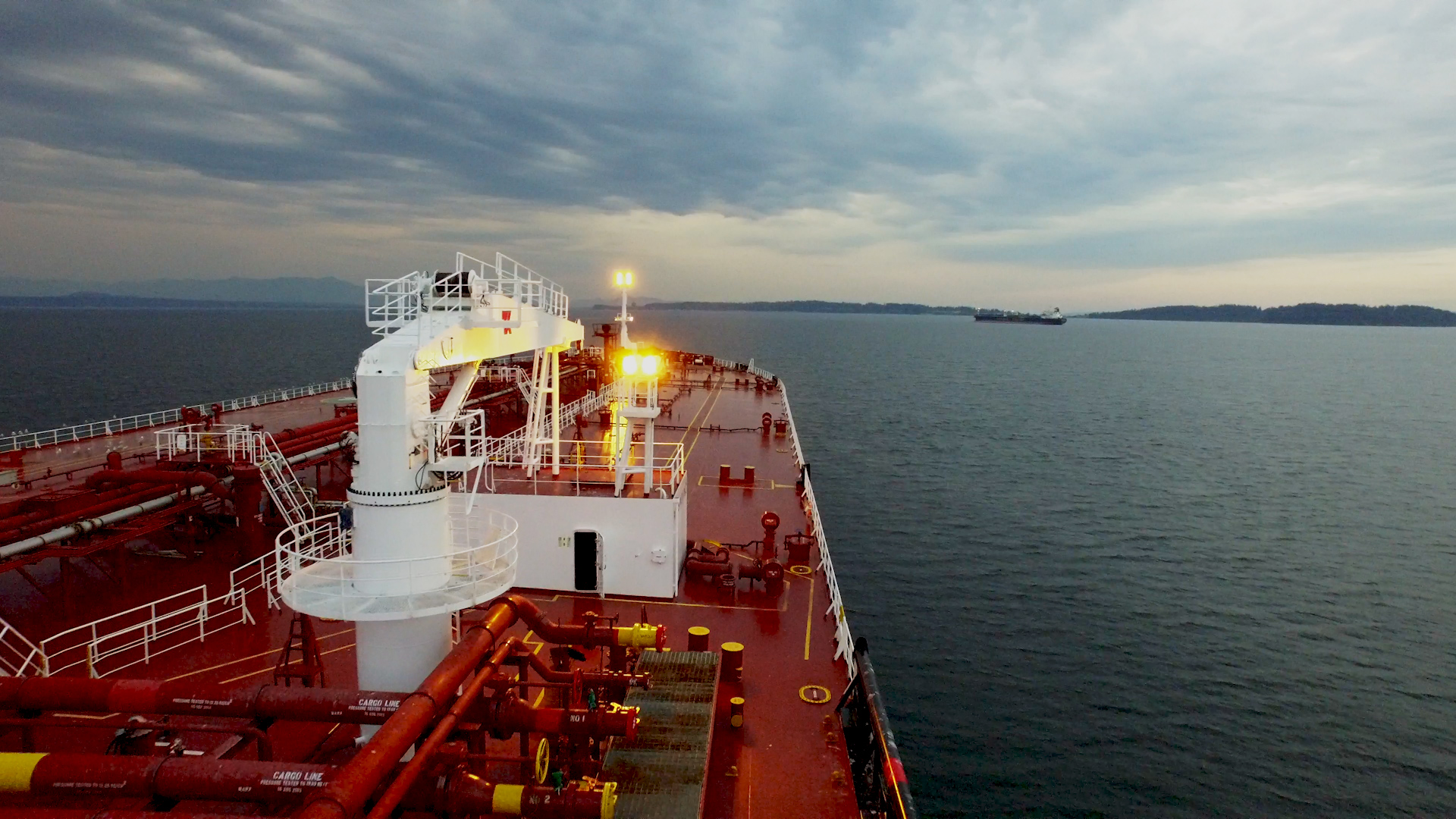6 August 2021
Crude tanker spot rates remained very weak during the second quarter of 2021 as the global COVID-19 pandemic continued to weigh on the crude tanker market. Some of the main factors which negatively impacted spot tanker rates included:
- Uneven oil demand recovery – According to the International Energy Agency (IEA), global oil demand increased by 1.1 million barrels per day (mb/d) during the second quarter of 2021. However, total oil demand of 94.6 mb/d was still significantly below pre-COVID-19 levels of approximately 100 mb/d. Furthermore, the recovery in oil demand has been very uneven across different geographies, with a much stronger rebound in North America and Europe and a slower recovery in Asia, Latin America, and Africa. The slower pace of recovery in Asia is particularly problematic for the tanker market, as it is a large driver of tanker tonne-mile demand. Crude oil imports into China were down 3 percent year-over-year through the first half of 2021, the first such decline since 2013.
- Continued OPEC+ supply discipline – Global oil supply continues to be constrained by OPEC+ production cuts, with global oil production of 94.5 mb/d in the second quarter of 2021 versus approximately 100 mb/d prior to the pandemic. The OPEC+ group did start to increase supply from May 2021 onwards, in line with their earlier pledge to raise production by 2.1 mb/d between May and August 2021. However, this did not translate fully into an increase in crude oil exports due to higher domestic oil consumption for power generation, particularly in Saudi Arabia.
- Decline in long-haul crude oil movements – A widening spread between the price of Brent and Dubai crude oil meant that Atlantic basin crude oil became less attractive to Asian buyers. This led to a decrease in long-haul movement from the Atlantic-to-Pacific during the second quarter of 2021, with Asian buyers targeting Middle-Eastern crude instead. This led to a drop in average voyage distances which was negative for crude tanker tonne-mile demand.
- Front-heavy newbuild delivery schedule – The global newbuilding delivery schedule for 2021 is heavily weighted to the first half of the year, which has led to a relatively large number of new tanker deliveries in the past six months. In the Suezmax sector, 20 of the 22 newbuildings set to deliver in 2021 have already been delivered. This has led to an increase in available fleet supply and, therefore, lower fleet utilization.
- Higher bunker prices – An increase in crude oil prices has led to higher bunker costs, which weighed on tanker spot earnings during the second quarter of 2021.
Looking ahead, the Company is encouraged by tanker supply and demand indicators, which the Company believes point towards a market recovery in the coming quarters. According to the IEA, global oil demand is expected to increase from 94.7 mb/d in the second quarter of 2021 to 99.4 mb/d by the fourth quarter of 2021, taking oil demand close to pre-COVID-19 levels by the end of 2021. This steep increase in demand should spur an oil supply response from both OPEC and non-OPEC producers, particularly with global oil inventories now below five-year average levels. The OPEC+ group has recognized that more oil is needed and has pledged to increase production by 2 mb/d between August and December 2021 at an even rate of 0.4 mb/d per month. Global oil demand is projected to grow by a further 3.1 mb/d next year and OPEC+ has announced that it will gradually phase out its remaining supply cuts by September 2022 in order to meet this additional demand. The return of OPEC+ production, coupled with a projected increase in non-OPEC supply of 2.2 mb/d in the second half of 2021 and a further 1.8 mb/d in 2022, should lead to a significant increase in crude tanker demand in the coming quarters, which is expected to help drive an increase in fleet utilization and, therefore, crude spot tanker rates.
Fleet supply fundamentals continue to look very positive. The tanker orderbook remains relatively low at approximately 8 percent of the existing fleet size, which is largely unchanged from last quarter. Tanker newbuild ordering slowed considerably during the second quarter of 2021, mainly due to a rapid increase in newbuilding prices. Rising newbuild prices were the result of higher steel costs and a record amount of containership ordering that has soaked up shipyard capacity through 2023 and into 2024. With newbuilding prices continuing to rise, the Company expects that the level of newbuild ordering will remain relatively low in the near-term. Higher steel prices have also led to an increase in tanker scrap values, which are currently at a 10-year high. This has led to an increase in tanker scrapping, with 6.6 million deadweight tons (mdwt) removed in 2021 year-to-date versus 3.5 mdwt and 3.4 mdwt in all of 2020 and 2019, respectively, and on an annualized basis, is also running ahead of the 20-year historical average of 9 mdwt per year. The combination of a relatively small tanker orderbook, low levels of new tanker orders, and increased scrapping are expected to keep tanker fleet growth at relatively low levels over the next two to three years.
In summary, the tanker market continues to be severely impacted by the effects of COVID-19 on tanker demand. However, the projected increase in both oil demand and supply, coupled with positive fleet supply fundamentals, point towards an improvement in crude spot tanker rates over the coming quarters.

